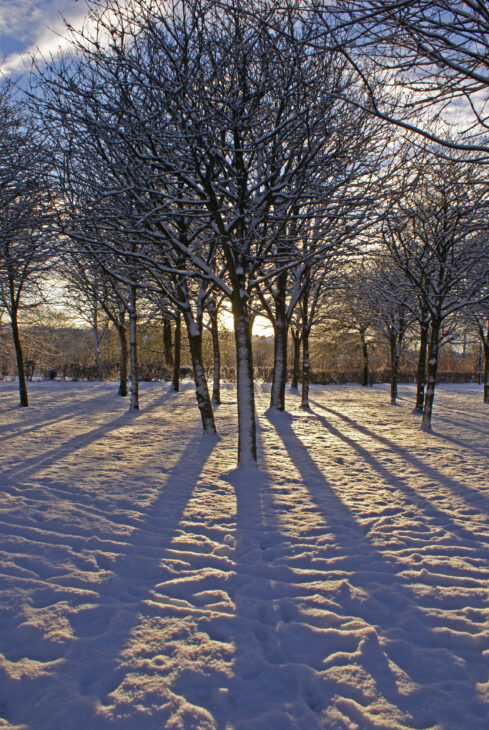Natural New Year
,
No one could fail to notice the waning of the light as the winter begins to bite and the days get ever shorter. It’s little wonder that winter is associated with depression – and that midwinter, when the sun begins to climb higher into the sky again each day became a time of celebration, reflection and renewal.
The natural world has always been a vital part of this renewal. Many evergreen plants like holly and ivy were loved for their bright colours and fresh smell which brought cheer throughout the winter. An old belief was that the sharp spines of holly leaves could act as a ‘fairy trap’ preventing evil spirits from entering the home, and we still use it to make Christmas wreaths to hang by the front door.
In some places it was traditional for communities to extinguish their hearth fire at solstice time and then to relight it with a burning yew log, brought to each house from a communal village fire. Yew trees were powerful symbols of renewal, love and hope. The modern chocolate ‘yule log’ is a tasty reminder of an ancient belief.
Birch trees were symbols of purity and it was good luck to ‘spring clean’ by sweeping the house with a birch broom, chasing out bad memories along with the dust.
There are many more of these hidden traditions still hanging on in our society and it is good to remind ourselves of them. People have always suffered through winter but our ancestors knew that there was relief to be found in the natural world, that the signs of renewal and new life were all around. That is something as true today as it’s always been and you can experience it for yourself by getting in touch and volunteering with our conservation or wellbeing groups.

